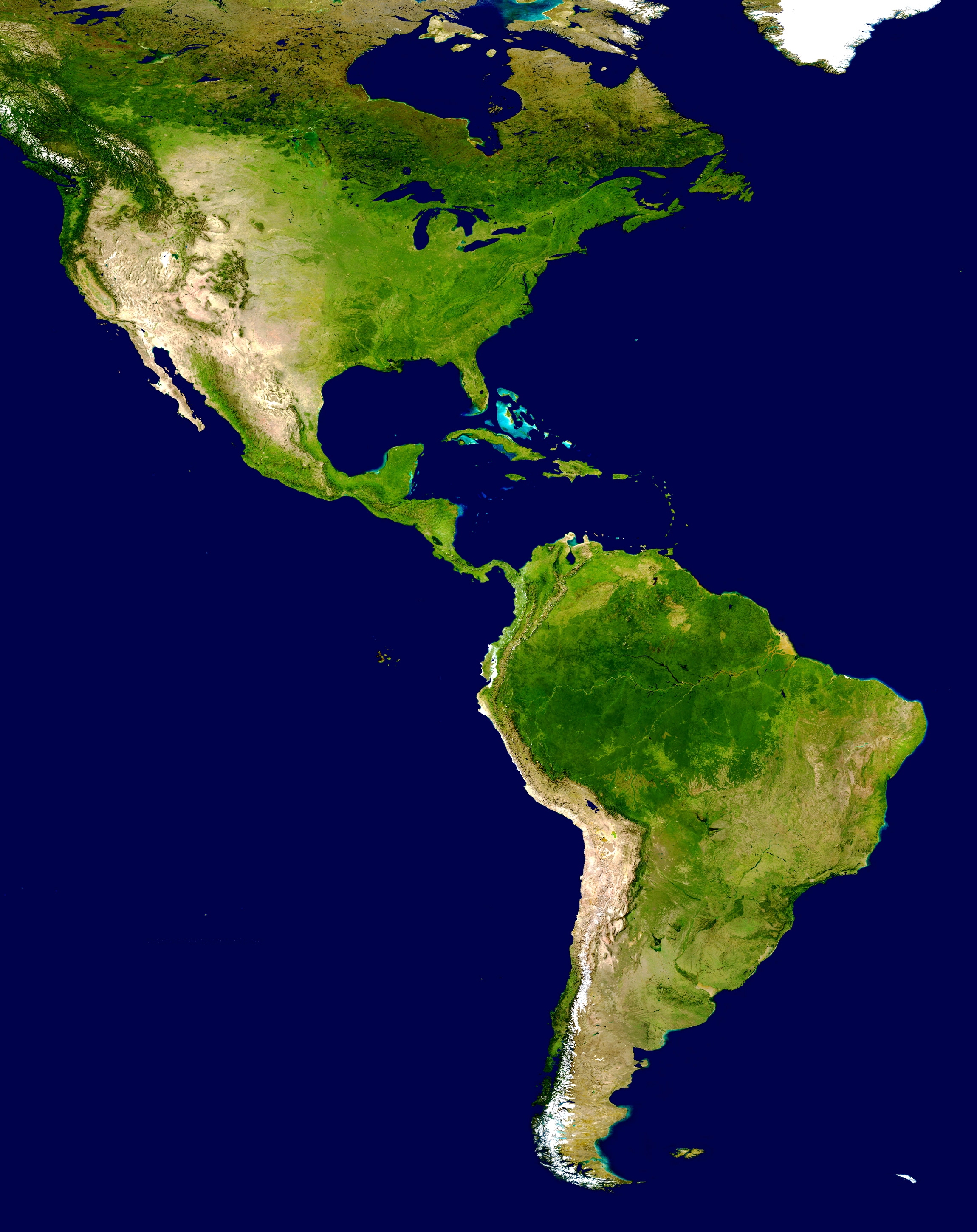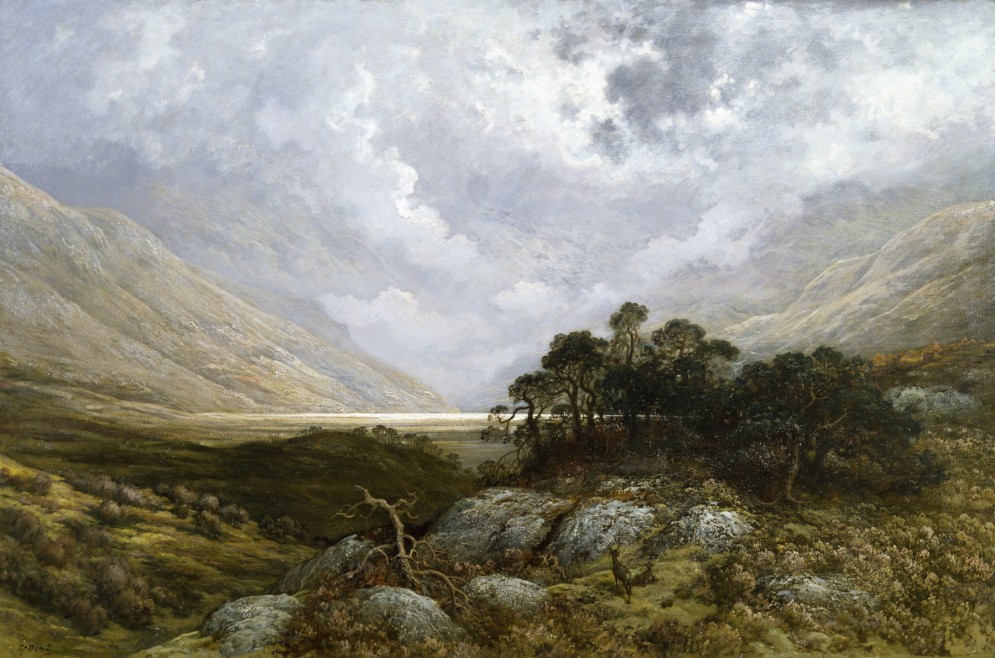
Seen from space, the Americas look a bit like a green 8 in a sea of blue. One glance reveals our planet is made of regions, not nations. Rivers do not stop at lines arbitrarily drawn on a map: transboundary waters are shared resources. Another interconnection: land use, including transport. Great rail systems of history such as the Trans-Siberian or Canadian Pacific railways redefined connection through rapidly advancing transit technologies. Now, electric highways, autonomous vehicles, and hyperloop transit could link continents in innovation.
In 2018, Canada, Mexico, and the United States debate the North American Free Trade Agreement (NAFTA). Negotiations should include transboundary water resources; legal precedent of the Colorado River Compact may help address current considerations. Nafta truckers could pioneer automated highways that might steer negotiations. But Nafta may be too small to address macro issues.
Is it now time to extend the north american discussion, to a broader regional scope? Afta Nafta. Decisions about water quality in one nation may impact another; transit links continents, not countries. Oceans may ultimately determine the fate of cities: from Natal to New York, many are coastal. What if everyone in the Americas learned at least one of the languages of their neighbors? Language-based education and cultural exchange might stir innovation in areas such as shared water resources, intelligent highways, public health, and rights. Could there be a regional tour of beauty, instead of a tour of duty? Xchange students and volunteers could form corps maintaining readiness for disaster response (by definition, regional) while practicing environmental service, in an updated CCC of the Americas. Potential logo? Green 8 in a Circle of Blue.
It might be noted that 8, viewed on the horizontal plane, is the infinity symbol. System scientists may suggest that two interconnecting loops could form a renewing system. The infinity symbol was the creation, in 1655, of John Wallis (he also served as chief cryptographer for Parliament). Whether it remains infinite or not, our shared environment depends upon our actions. Perhaps it is time to dedicate at least one year, per decade, to improvement of our shared resources: celebrate the 8’s by honoring interconnection.
Building the World Blog by Kathleen Lusk Brooke and Zoe G Quinn is licensed under a Creative Commons Attribution-NonCommercial-NoDerivs 3.0 Unported License









